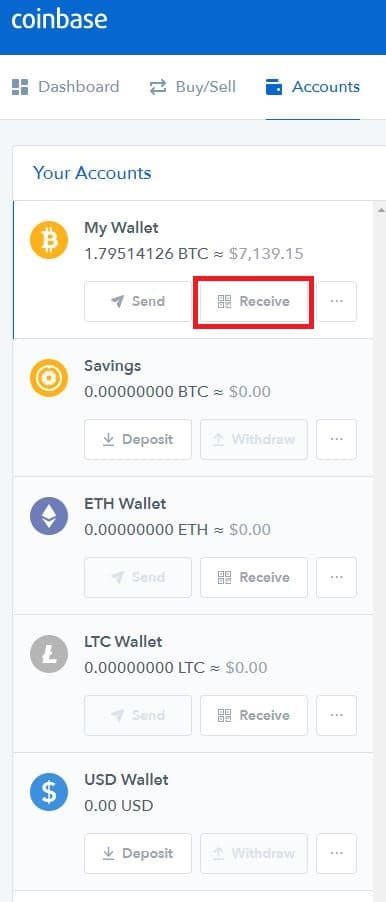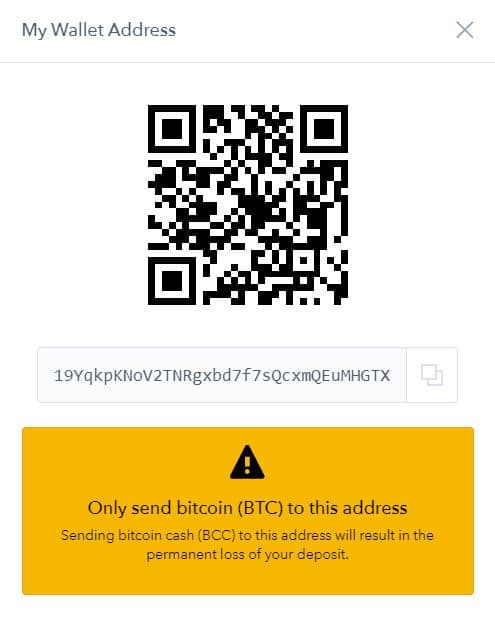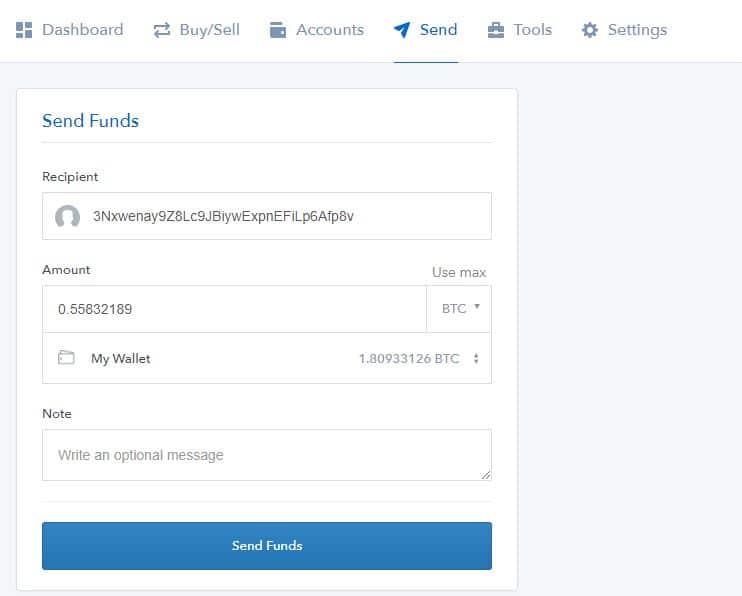The technology behind Bitcoin has the potential to solve a wide variety of the world’s problems. Perhaps its most promising capability, is low cost and speedy transactions. Using Bitcoin, you’re able to send value anywhere in the world almost instantly.
In this guide, I’ll help to answer:
How to Get a Bitcoin Address
In order to get a Bitcoin address, you need a Bitcoin wallet. Bitcoin wallets are software that is used to “store”, send, and receive Bitcoins.
Technically, wallets do not actually store your Bitcoin, but instead store a set of private and public ECDSA keypairs.
A Private Key is a “secret number”, mathematically related to your public key, that signs transactions.
A Public Key is used to confirm that you are the owner of an address that can be used to receive funds.
A Bitcoin Address is a hashed version of a public key, used as an “account number” to receive bitcoin.
If I’ve lost you, don’t worry! For your purposes, all you to need to understand is how to use your Bitcoin address. Simply put, your Bitcoin address can be used by anybody to send you Bitcoins. Below, I’ll show you just how easy it can be to send and receive Bitcoins.
Choosing a Wallet
For this guide, I’ll be using one of the most commonly recommended online wallets. You can learn more about the different types of wallets, as well as which we recommend, in our wallet guide.
Coinbase is a beginner friendly online wallet, as well as a way to easily buy and sell Bitcoin and other cryptocurrencies. Their wallet is free to use and sign up is easy.
You can help secure your wallet, by enabling Google Authenticator as a 2-Factor Verification Method. This can be found under Settings > Security in your account.
It is worth noting, Coinbase holds your private keys, meaning you’re not in complete control over your cryptocurrency. With that being said, Coinbase is a widely trusted U.S. based company. You can learn more about the company in our Coinbase Review.
How to Receive Bitcoin
Once you have a wallet, receiving Bitcoin is incredibly simple. All that needs to be done is to find your Bitcoin address, then share it with whoever is sending you Bitcoin.
Coinbase – After you’ve created your Coinbase account, navigate to the “Accounts” tab. Here you will find your wallets. Click the “Receive” button on your Bitcoin wallet.
Your Bitcoin address will then be displayed. You can share this address with anyone who wants to send you Bitcoin.
How to Send Bitcoin
While all wallets are different, generally all you need to know to send someone Bitcoin is their address and the amount you wish to send. Many wallets will also let you choose the transaction fee you’re willing to pay (lower fees can lead to slower transactions).
Coinbase – Navigate to the “Send” tab of your Coinbase account. Then choose the wallet of yours you want to send from. Next enter your recipient’s Bitcoin address (can copy and paste) and the amount you want to send them. Click send funds to initiate the transaction.
It’s important to note, once you send the Bitcoins, there’s no reversing the transaction.
Summary
Every wallet comes with its own look, capabilities, and security features. However, all of these wallets use Bitcoin addresses as a public “account number” where Bitcoin can be sent.
Whichever wallet you use, be sure to research it and take advantage of any security features it offers. I recommend Bitcoin newcomers use the Coinbase wallet, as it’s incredibly easy to use. That being said, there are some wallets that offer stronger security and give you more control.
Never Miss Another Opportunity! Get hand selected news & info from our Crypto Experts so you can make educated, informed decisions that directly affect your crypto profits. Subscribe to CoinCentral free newsletter now.













